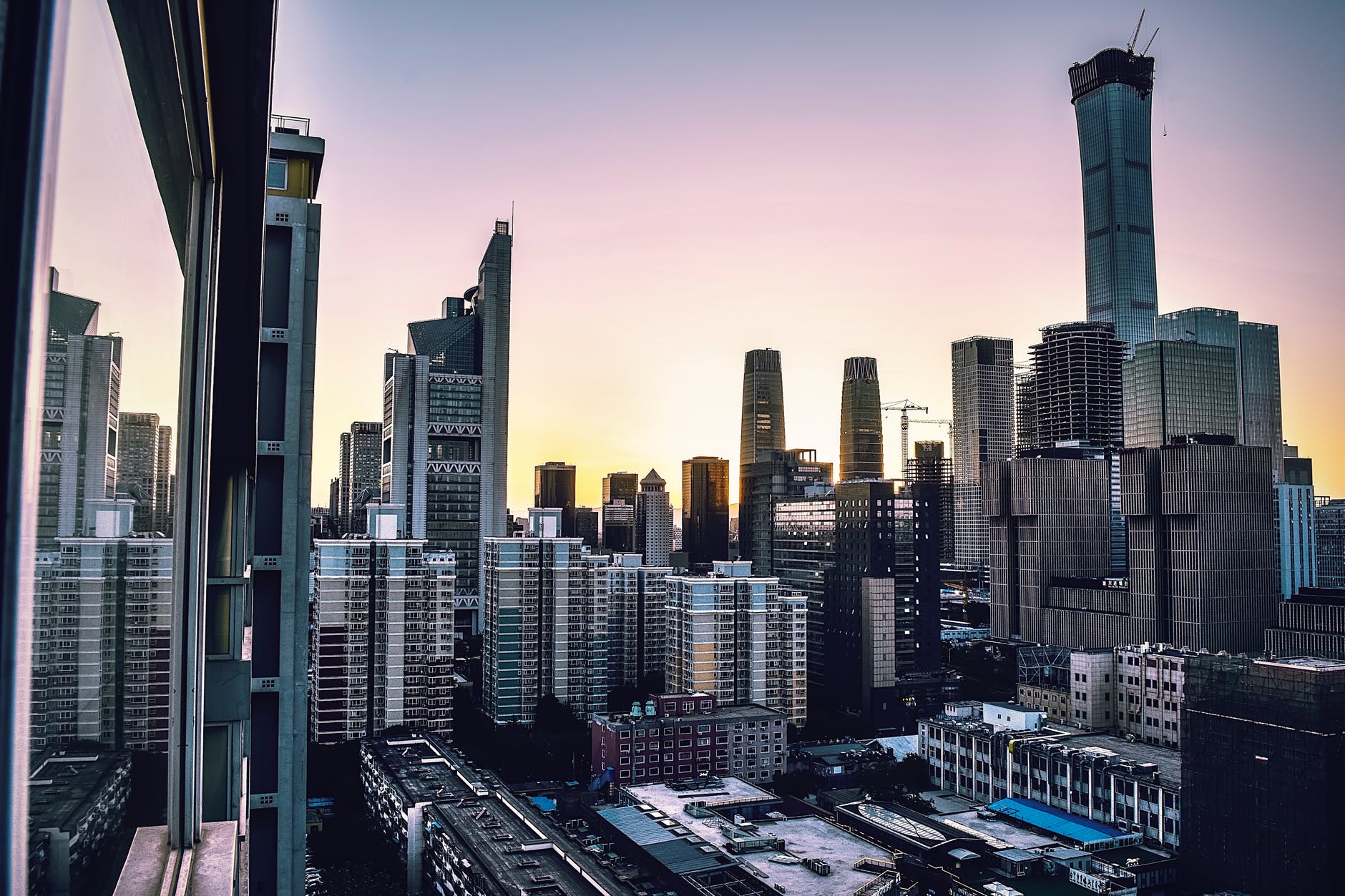The Skinny Skyscraper: More Than Just a Trend?
The Manhattan skyline is marked by several skyscrapers and buildings with unique architectural designs, in addition to which we’ve seen an explosion of super-skinny towers in New York in recent years. The slender, compact design of these buildings gives them an edgier, futuristic look and many are now used as high-rise apartment complexes and business offices. Experts are claiming that this is almost a new phenomena in architectural trends, a combination of economics and engineering, according to professor of architecture at Columbia University, Carol Willis, who is also the founder and director of the Skyscraper Museum.
Are skinny skyscrapers, also called pencil towers, more than just a trend? Here’s a closer look at this emerging architectural design and what we can expect in the construction and design world in the oncoming years:
Notable Skinny Scrapers in New York
According to City Lab, the number of skyscrapers in New York City that are 1,000 feet or taller are going to increase significantly. Today, the skyline features just seven of theses super skinny buildings but there are already several multi-million dollar projects underway for new construction buildings that will transform the area around Central Park and Billionaires row, reports City Lab.
What’s most significant about these buildings is their structural aspect ratio. Willis explains that some are built with extreme of a 1:23 base-width to height ratio which means the building is an architectural feat — and certainly a sight to behold.
The tallest residential tower in the Western Hemisphere is located at 432 Park Avenue. It was designed by Rafael Viñoly Architects and stands 1,396 feet tall with a height to width ratio of 15:1. The building was completed in 2015 and boasts nearly birds-eye views of New York. It’s a welcome addition to the bustling streets of New York City since it doesn’t take up much space on the ground. The tower looms high above many New York buildings, changing the famous New York City skyline.
Another iconic building in New York City is The Icon, a 43-story residential tower on West 48th Street. This was the first skinny skyscraper in New York and also has a height to width ratio of 15:1. Residents of this building enjoy views of the Hudson River, Midtown and Central Park.
Skinny Skyscrapers Push the Boundaries of Architectural Design
Skinny skyscrapers and super-slender buildings certainly push the boundaries of modern design, architecture, engineering, and real estate. In cities like New York where space is a commodity, it would seem the skinny skyscraper is the perfect solution for saving space on the ground while increasing available space above.
Building developers and construction teams may also be able to save money on materials in both the short-term and long-term since they need to use higher-strength steel and composite structures to ensure the buildings do not collapse, and also so the building maintains its structural integrity and original design for several decades to come. We are already seeing this trend influencing construction and building design in Melbourne, Australia, and in London, United Kingdom where we are seeing a combination of skinny skyscrapers and sculpted buildings scheduled for construction in 2017 and beyond.
Optimizing Architectural Design and Construction of Skinny Skyscrapers
The effects of heavy traffic on roadways near the building, stormy weather and even strong winds can all shake a building from the foundation upward, causing vibrations and even structural damage. To counteract the impact of environmental factors in the bustling city of New York, architects are designing these buildings with additional features.
As The Lyncean Group of San Diego points out, slosh dampers can be installed to absorb vibrations on lower floors, something that many residents or office workers in a skinny skyscraper experience because of the construction of the building. Mass dampers can be placed on user floors to reduce the impact of wind forces. These technical and engineering modifications may soon become a necessary part of the design and building process of very high and slender buildings, something that is may not always have been required when building traditional skyscrapers.
Architects working on skinny skyscraper buildings are now using advanced structural modeling techniques to determine how to optimize the design of the skyscraper to handle certain environmental effects, such as wind turbulence and heavy traffic, as well as the overall weight load of a building based on its use. For example, residential towers may have different structural requirements than a commercial use building. Mixed-use buildings may need to be designed with certain specifications to ensure they can accommodate for certain weight loads and activities.
Since they can be constructed for both residential and commercial purposes and take up less space than traditional skyscrapers and mixed-use buildings, skinny skyscrapers are likely more than just a trend. In some of the world’s biggest cities where space is increasingly limited, the skinny skyscraper may be the best solution for accommodating for a growing population. Architects that know how to use advanced computer technologies and modeling systems to create these buildings will able to render futuristic, edgy and awe-inspiring designs that are also structurally sound and meet local zoning laws.
Featured image: Richard Schneider via Flickr


